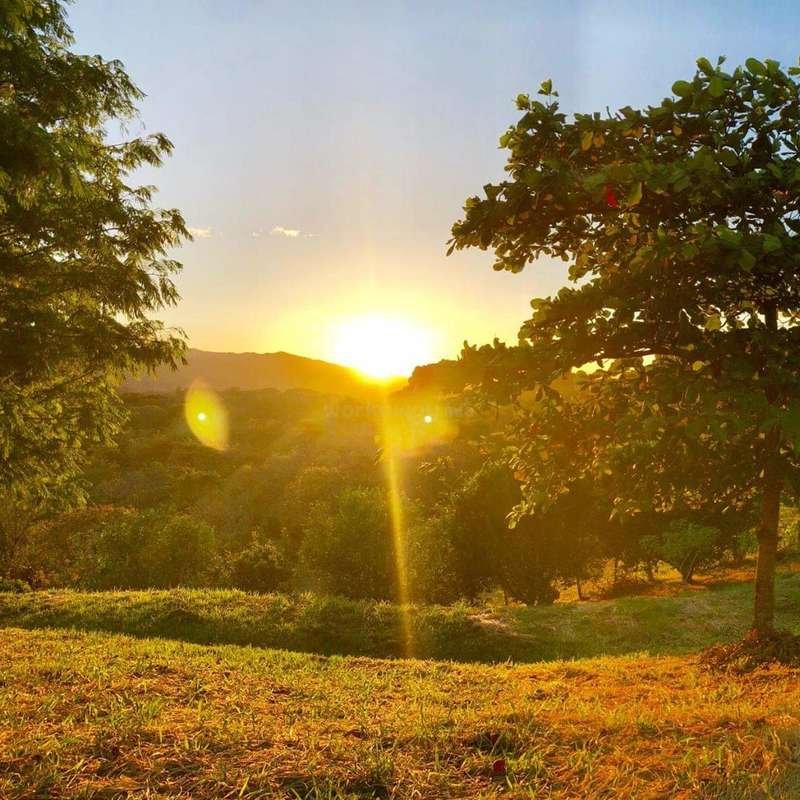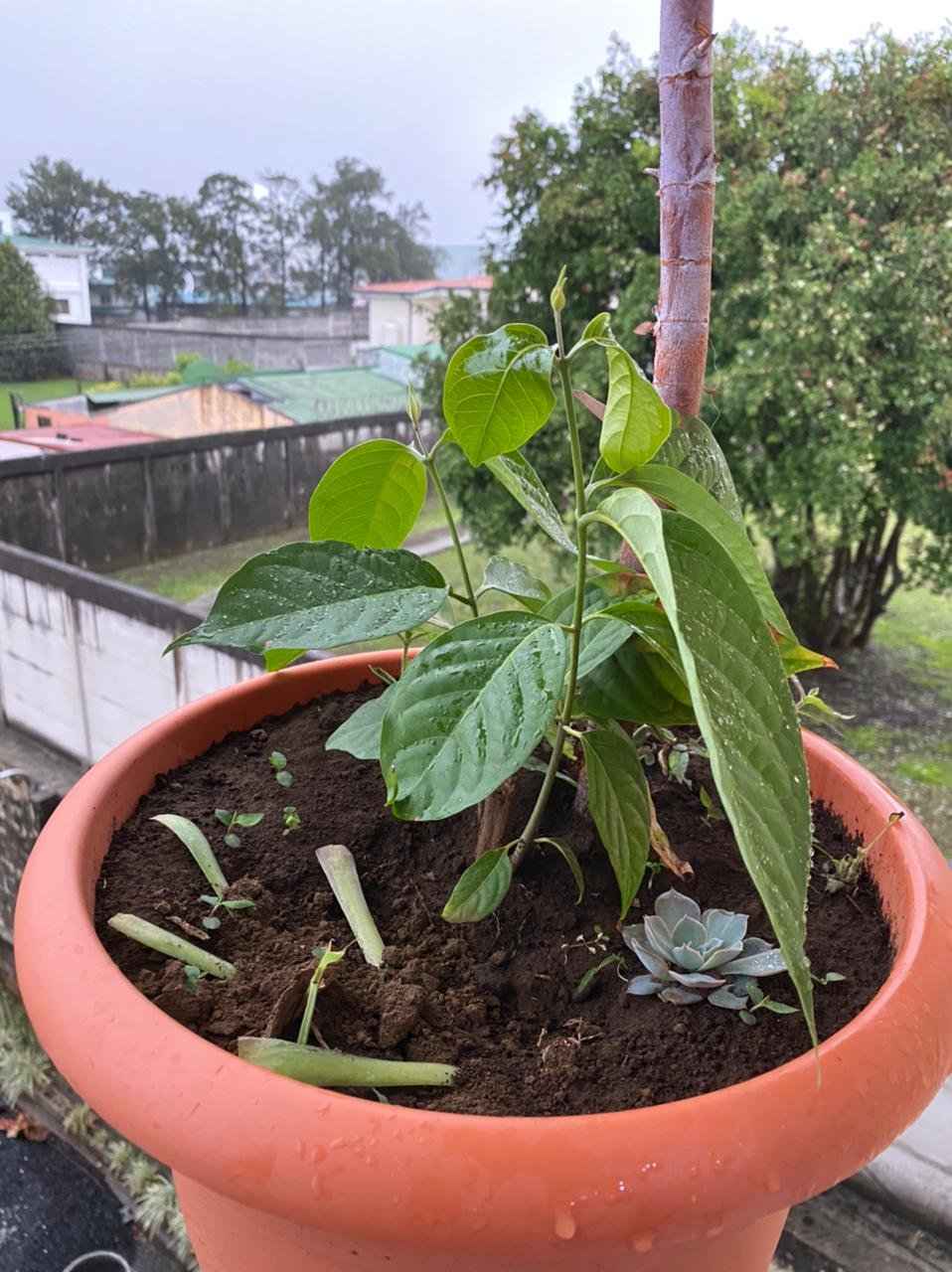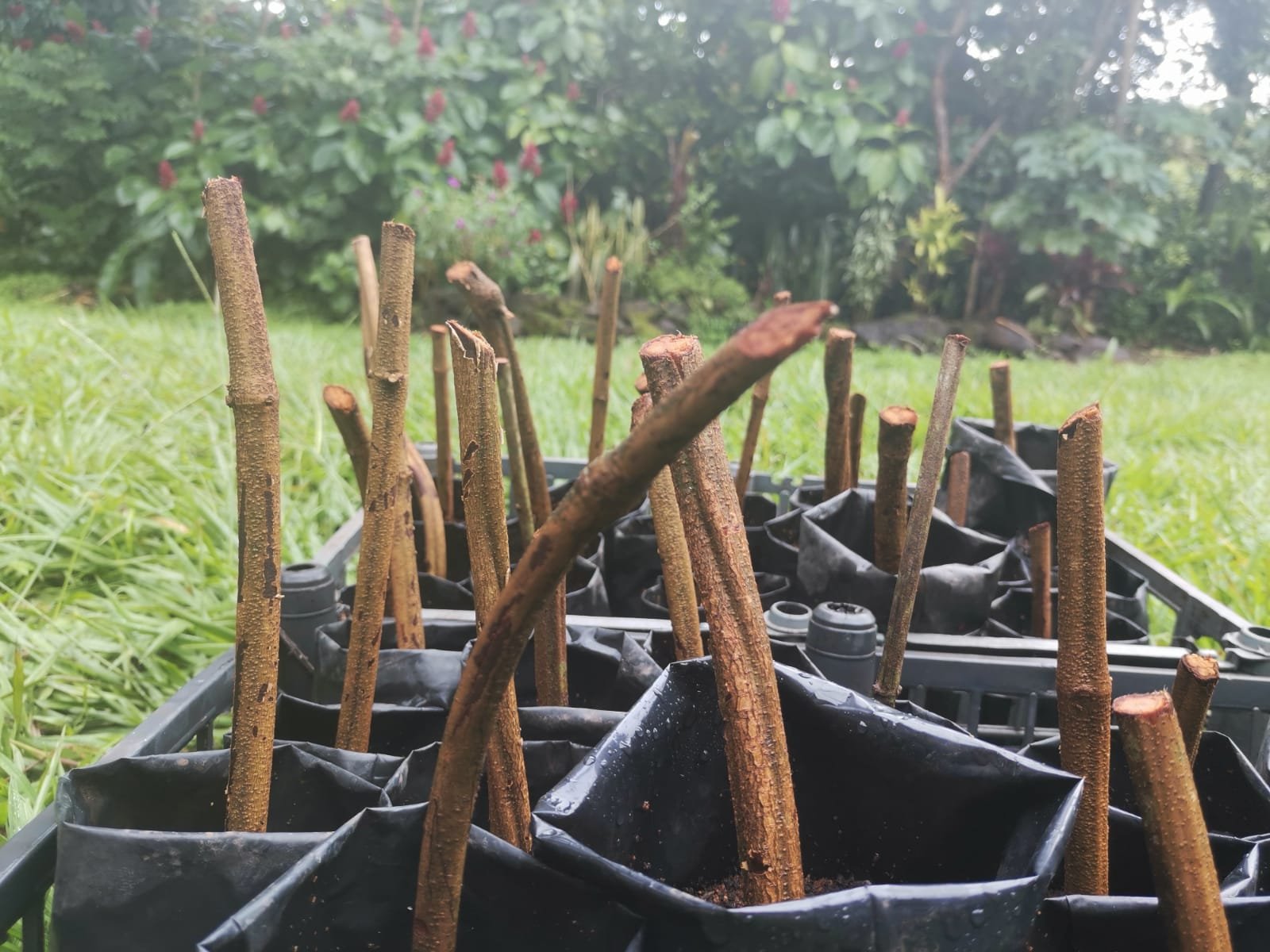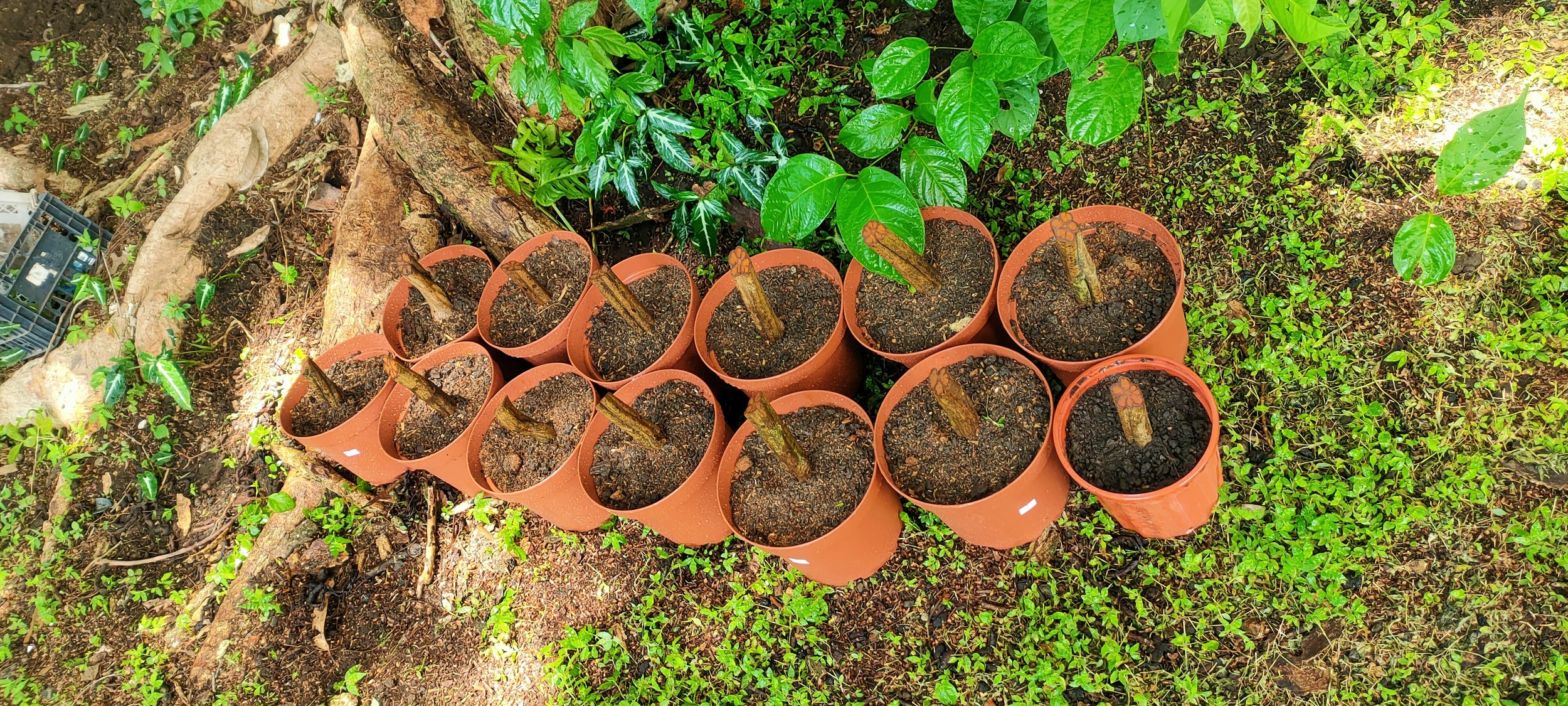In the world of ayahuasca retreats, reviews have become one of the most influential ways for guests to understand what a center truly offers. Drinking ayahuasca is not a casual choice, it is an intimate commitment to deep personal work, emotional truth, and vulnerability. Because of this, the way retreat centers handle reviews reveals much about their ethics, integrity, and respect for participants.
Over time, many guests have shared that the reviews for Casa de la Luz Ayahuasca Retreat in Costa Rica feel unusually sincere, grounded, and heartfelt. Their feedback inspired us to reflect on why this happens so consistently. The answer lies in our values, our boundaries, and our respect for the emotional openness that ayahuasca brings.
Authenticity Begins With Not Asking for Reviews
One of the main reasons our reviews feel genuine is straightforward,
we never ask guests to write them.
Ayahuasca places people in a state of sensitivity, emotional openness, and impressionability. During and immediately after a ceremony, a person’s heart is wide open. It becomes extremely easy, too easy, for retreat centers to request reviews and receive glowing praise shaped by temporary euphoria or the desire to please facilitators.
We believe asking for reviews in moments of vulnerability crosses an ethical boundary we are not willing to cross.
This is why we:
do not request reviews during the retreat,
do not ask for on-site video testimonials,
do not film or interview guests while they are emotionally exposed.
Sharing publicly after an ayahuasca experience is deeply personal. It should only happen when someone genuinely chooses it for themselves.
Reviews That Arise Naturally, After Integration
Because we never solicit testimonials, our reviews show up organically, usually a week or two after guests return home, reconnect with loved ones, and have time to reflect. They write when they are grounded, clear, and emotionally balanced.
This distance gives their reflections depth, nuance, and authenticity.
Every testimonial is written voluntarily.
The only time we mention reviews is when a guest specifically asks how they can support our work. Even then, our answer is simple:
“If you ever feel called to write an honest review, it can help others feel safe choosing a retreat.”
Catarata la paz - TRIP WITH VOLUNTEERS
La Paz Waterfall is a striking cascade in Costa Rica’s cloud forest, known for its lush green surroundings, powerful flow, and scenic walking trails.
Fewer Reviews, But Richer Ones
Since we do not push for reviews, we naturally have fewer of them than retreat centers that request or incentivize testimonials. But the ones we receive hold a sincerity and heartfelt depth that cannot be manufactured.
In contrast, many retreats subtly or directly pressure participants to leave reviews before they leave. This creates testimonials that are:
overly enthusiastic,
repetitive,
inflated by ceremony afterglow,
disconnected from the person’s long-term integration.
Guests often tell us they can feel the difference immediately.
Understanding Review Manipulation in the Ayahuasca Industry
Not every review, of any retreat, will be positive. That is normal. What matters is how centers respond to criticism, and whether they allow transparency.
Unfortunately, manipulation of online reviews is widespread in the ayahuasca and wellness industry.
Review deletion is common on platforms like Reddit and Google. We have received emails offering to remove negative comments for around $1,000 USD per case.
Fake reviews are also common. Some centers hire people to write fabricated testimonials on social media groups, especially where newcomers ask for advice.
Ghostwritten reviews are also sold professionally, allowing retreat owners to build dozens or even hundreds of artificial testimonials in a short time.
When two centers of similar size and longevity show a dramatic difference in the number of reviews, sometimes ten or twenty times more, it becomes reasonable to question how those reviews were obtained.
Transparency Is One of Our Core Values
We have had opportunities to remove online criticism. We chose not to.
Integrity means allowing the full spectrum of experiences to remain visible. Real healing work is complex, and no retreat center can avoid challenges. When working with vulnerable populations, authenticity matters more than perfection.
If a guest reads a critical comment and decides another center is a better fit, that is completely okay. It simply means they found a place that aligns more closely with their needs or expectations.
We believe that honesty creates safety, and safety is essential in healing spaces.
How to Read Ayahuasca Reviews with Discernment
When evaluating retreat centers, look for signs of genuine experience:
reviews written after time has passed,
reflections that show nuance and emotional grounding,
consistency rather than sudden spikes,
transparency rather than perfection,
a mixture of perspectives, not artificially flawless feedback.
La Laguna Botos
La Laguna Botos is a serene, turquoise crater lake near the summit of Poás Volcano in Costa Rica, surrounded by misty cloud forest and rich wildlife.
Quantity matters far less than authenticity.
In spiritual and healing work, transparency is not a luxury, it is a responsibility, honesty is the Foundation of Healing.
These insights come from our long experience walking alongside the medicine, guiding guests from many backgrounds, and holding space for real human transformation.
We have learned that:
honesty creates safety,
safety creates trust,
trust supports true healing.
May these reflections serve as a compass as you explore your options. Trust your intuition. Look for sincerity. Choose the place where your spirit feels seen, supported, and safe.
Tuning out, with gratitude.
-Andrés
Our next post: How other plant medicines interact with Ayahuasca? Sangre de Grado, Copaiba, Sananga, Rapéh, and Bobinsana applications during retreats.















































